
The Murmansk Convoys
CONVOY
by Martin Middlebrook (Allen Lane, 1976).
This books describes
The Battle for Convoys SC.122 and HX.229and not only gave me much more information;
it also deepened my already intense disgust with warfare and, more specifically, the German U-boat fleet.
If I really don't want to have anything to do with war, I'll still accept that there may be conditions that would force me to partake, regardless. Hitler's Nazi emporium automatically comes to mind: Something had to be done against this gang of maniacs.
These days, there's a tendency to look at the generals, admirals and lower commanders serving the Third Reich as honorable guys who just did their jobs. I completely agree with Eisenhower's evaluation in Crusade in Europe that anybody who'd been in the SS was not to be trusted. Note that Dutch prince Bernhard and prince Claus (husbands of queen Juliana and Beatrix respectively) both had been in the Waffen-S.S. I would go much farther: Anybody above the rank of soldier in the Nazi-run army was doing more than he was forced to do to make the war effort a success and, in that way, was actively supporting Hitler's criminally insane suicide policies.
One of the very few Nazi gang leaders who in the end agreed with this was Albert Speer, Reichsminister of Armaments and Munitions. He wrote: I would like to sit down and write one final blast about the whole damn Nazi mess [and] what rotten corruption, hypocrisy and madness the whole system was based on
sparing no one, including himself. (And he did write that book, too.)
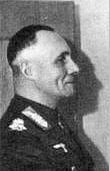
Don't kid me, a photographer... If this guy later plotted to have Hitler assassinated,
it was not because he wanted the Reich to end - it was because he wanted to save it.
Grossadmiral Karl van Doenitz, the guy who took over from the FŘhrer in the very last days of the war
to have a desperate last fling at trying to save the Dritte Reich
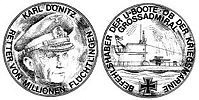
The text on this commemorative German medal says, long after WWII:
Retter von Millionen Fluchtlingen
[saver of millions of fugitives] referring to the man who forbid rescuing survivors of enemy ships:
Be hard. Remember, the enemy has no regard for women and children when he bombs German cities.
And consider these mug shots of German U-boot captains:
 |
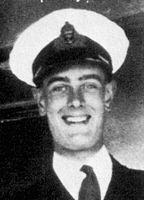 |
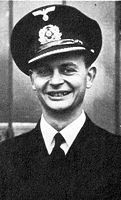 |
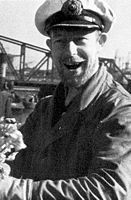 back alive and kicking from a successful killing spree |
||
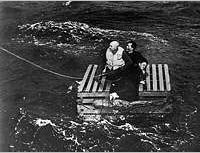 |
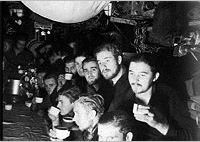 Fr÷hliche Weihnachten! |
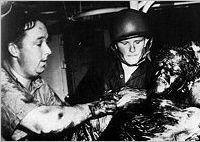 |
This U-boat operated for nearly two years, sinking five merchant ships.
Can't help being reminded of the SS staff relaxing in Auschwitz
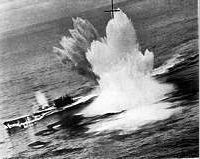
Kaput! Gut!!
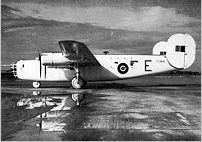 Liberator |
 Flying Fortress |
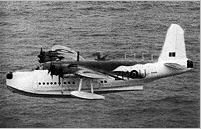 Sunderland |

Focke-Wulf Fw200-C3 Kondor
Here is another map depicting different routes, from Convoy.
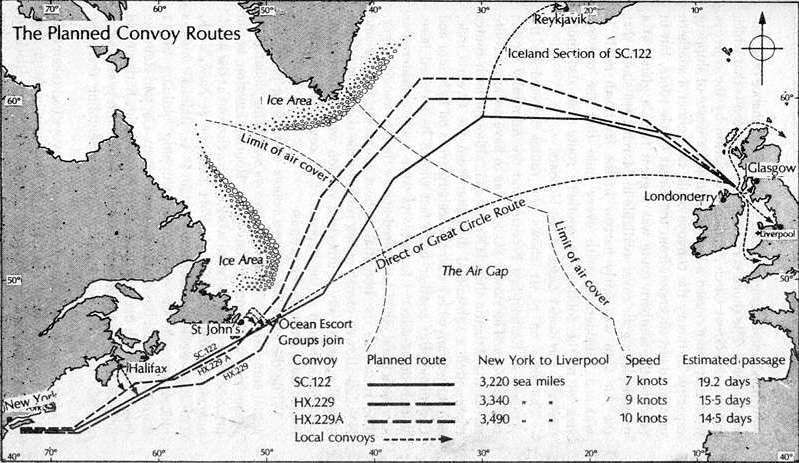
The only route that was really hated was the Arctic run to Russia, with its icy water that gave a man little chance of survival if he was torpedoed and not rescued quickly.- Convoy, page 24
Hell's corner - last ship in the first line to starboard- Convoy, page 96
Also called 'Coffin corner'; this was the position for ships loaded with explosives and ammunition
The rumours were rife. 'The convoy was followed by a pack of submarines.' 'There were raiders ahead.' ' The convoy was to be sacrificed for bigger things.' [Compare with Jan de Hartog's story on PQ17 in The Captain.] 'The enemy is using a new weapon.' 'Three subs have already been sunk.'
[...] We could do nothing but sail and had done so for the last three years. - Convoy, page 202
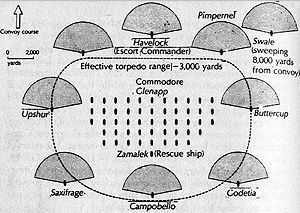 |
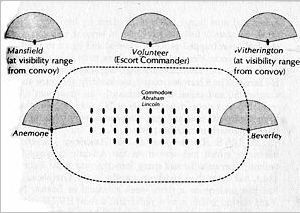 |
Admiral D÷nitz now considers that two events settled the outcome of the U-boat wars.
The first was the delay by Hitler in pressing ahead with U-boat construction in 1940.
The second [...] was the appearance in mid-Atlantic of long-range aircraft.
- Convoy, page 314

Liberty ship
SEARCH this site or the Web

copyright notice
all material on this site, except where noted
copyright ę by , curašao
reproduction in any form for any purpose is prohibited
without prior consent in writing